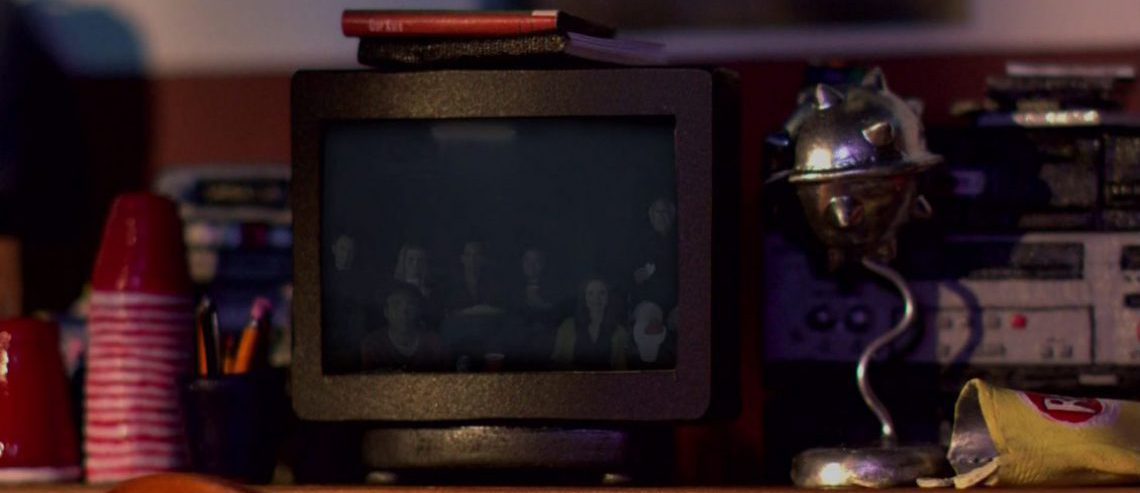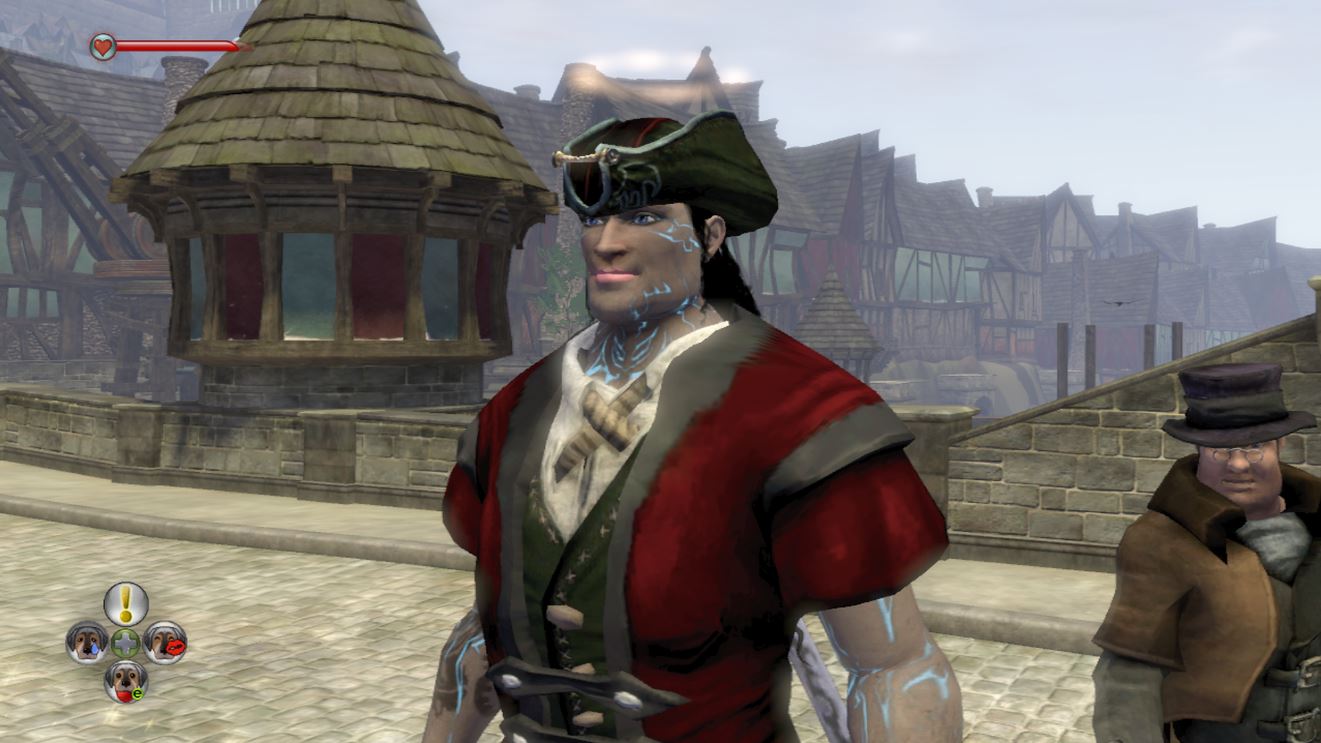Award-winning author Anne Tyler once said, “I read so I can live more than one life in more than one place.” I could say the same about video games. Especially with regard to role-playing games that allow me to shape my character’s very identity. In a recent playthrough of Fable II, I crafted the story’s protagonist — renowned far and wide as simply the Hero — as a transgender woman. That means she was assigned male at birth but identifies and presents herself as female. The Hero’s gender identity subjects her to unique hardships that, had she been cisgender, she would not have to deal with. The in-game experience highlights a few of the difficulties trans people face in society and reinforces the fact that we all need to be allies in the fight for trans rights.
To start with, I recognize that I write this post from a position of privilege. As a cisgender male myself, I have the luxury of playing around with a fictional trans character without having to deal with any of the consequences once I turn off the Xbox. I also understand that no game can possibly replicate an actual trans person’s experience. In my time in Fable II, I witnessed just a tiny slice of what it’s like to be transgender. That said, I do believe this imperfect social experiment illuminates some key lessons.
Even though Fable II takes place in the mystical Albion, a magical goblin-filled world loosely based on medieval Great Britain, it reflects actual gender norms. Which makes sense given that its creators were developers in 2008, not 8th-century wizards. In the game’s prologue, for example, a bully calls my child male Hero a “girl,” implying right away that in this fictional realm, much like in real life, femininity is often conflated with weakness.
Likewise, the world of Albion strictly defines only two genders, an antiquated structure that many still cling to even in 2019. Upon beginning the story, the game forced me to choose either a male or female character. It follows that the game designates hairstyles, accessories, and clothes as either for men or for women. It keeps track of how closely the Hero’s fashion choices align with their given sex through a “cross-dressing” rating. Heroes also have a physical “attractiveness” rating, which declines the more they cross-dress, in line with hegemonic standards of beauty that celebrate preconceptions of what gender looks like.
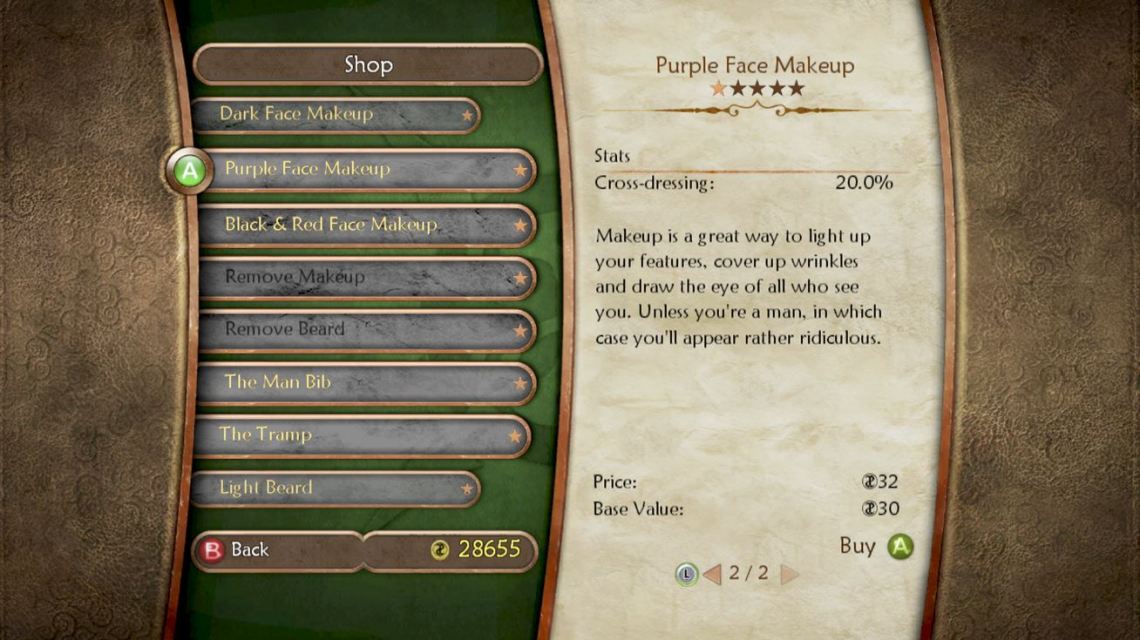
For my male-assigned character to present as female requires a lot of so-called “cross-dressing.” That’s definitely not the correct terminology, by the way. Wearing clothing typically worn by members of the opposite sex is different than being transgender. Remember, this game is from 2008 and likely was created by a staff with few or no transgender people. Regardless of what label we use, my Hero does not fit the world’s rigid gender expectations. People like and respect her less solely because of her identity, which impedes her efforts to defeat villainy.
It not only takes a village to raise a child, it also takes a village to support a Hero. In my half-dozen or so playthroughs with a cisgender Hero, inhabitants of every town would hand me gifts like jewelry or health potions. Playing as a trans Hero, the adoration of villagers doesn’t come so easily. Based on appearance alone, they ridicule her with nasty comments like, “You’re the least convincing woman I’ve ever seen.” Due to my character’s high cross-dressing and low attractiveness ratings, the citizens of Albion are also less wiling to part with their valuables. As a result, the Hero has less access to vital resources that she could either sell for money or use to her advantage in combat. The Hero’s journey is more arduous specifically because of her gender identity.
The trans Hero also faces barriers to marriage. If the game’s Hero becomes attractive enough through both their appearance and behaviors, it’s possible to settle down with a partner and even have children. Unfortunately, few people find my trans Hero attractive enough to reach that step. That’s not to cast individual blame on people who aren’t attracted to a transgender person. Rather, it’s an indictment of arbitrary beauty norms that cause many to find trans people inherently less physically attractive. The only person who wants to tie the knot with my Hero is a “transvestite-appreciating” Knothole Islander named Amy. Does she truly like my Hero, or is my Hero merely the subject of fetishization? Many trans people relate to that struggle.
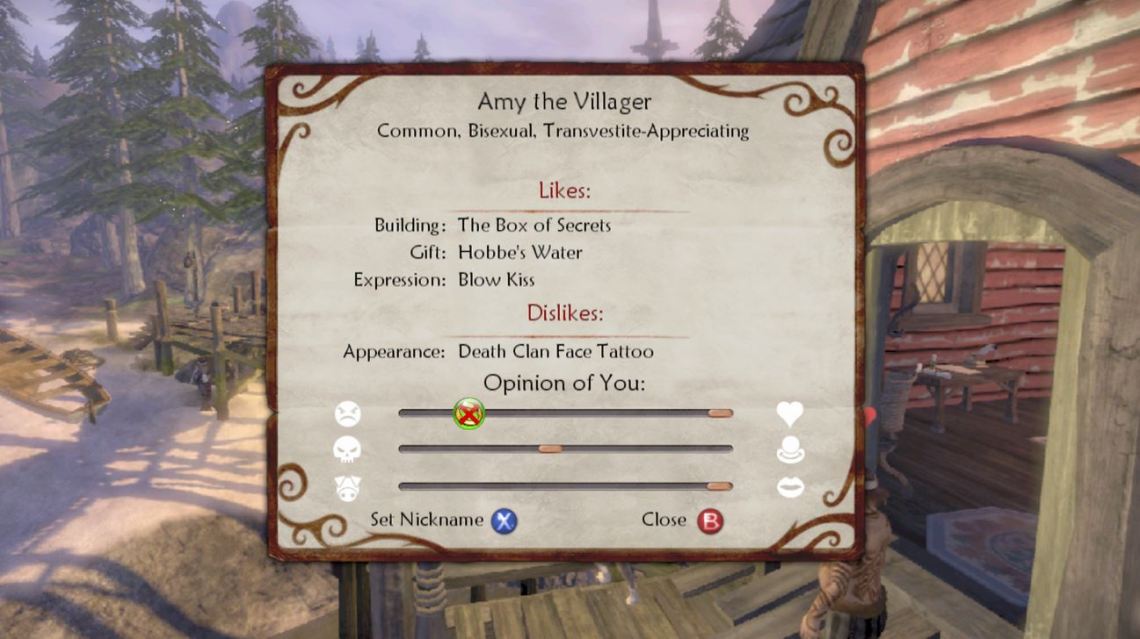
Only a trans Hero who “passes” can avoid these issues. As in the real world, passing resembles somewhat of a gold standard. A trans Hero who fits neatly into societal expectations for what a woman should look like has a higher attractiveness rating and receives more gifts from villagers. The only way to reach that point, however, is to purchase the iconic Fairfax Castle for a million gold pieces, granting access to the sex-changing “Potion of Transmogrification.” Hence, only a rich Hero can afford to pass, similar to how trans people need enough money to afford makeup, clothing, and medical care to pass in real life. The brunt of anti-transgender discrimination is thus borne disproportionately by people without the financial means to pass.
Today happens to be International Transgender Day of Visibility, which may leave you wondering how you can best help trans people who deal with persistent awful treatment. Fable II shows that kindness and acceptance go a long way. My Hero succeeds on her quest to topple the evil Lord Lucien in part thanks to the unfettered support of her friends. Regardless of the Hero’s gender identity, her comrades see the individual underneath the label. Of course, that’s a little idyllic — trans people may need specialized care from friends and family, such as encouragement to access mental health resources. Regardless, unconditional support remains key. An illustrative fact: trans people with an accepting family are nearly 50 percent less likely to attempt suicide than those with an unsupportive family.
To reiterate, a roughly 10-hour playthrough in the fantasy of Fable II does not represent the actual experience of being trans. For example, the same jobs available to cis Heroes in the game are equally available to a trans Hero; a stark contrast with employment discrimination in the real world. Likewise, while many bandits and mythical creatures attack my Hero out of the blue, none do so just because she’s trans; unfortunately, hate crimes against transgender people in reality remain all-too-common.
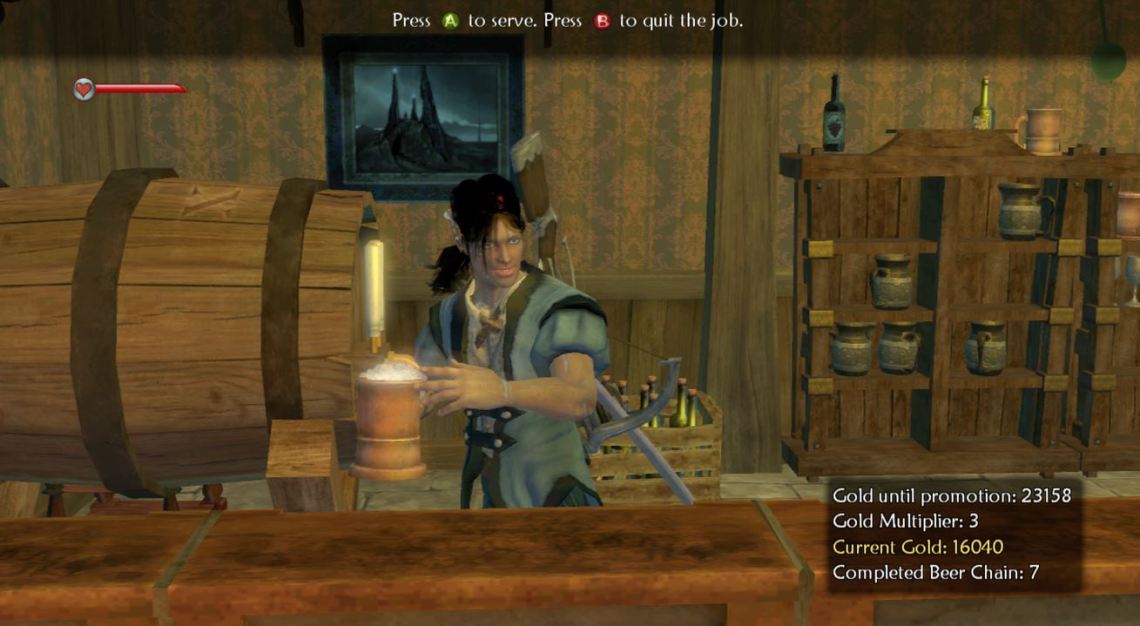
In the end, a transgender Hero in Fable II still faces a tougher path than a cisgender one would. Given that difficulty multiplier, I doubt many (if any) people besides me have purposefully played a trans Hero in the game. The inputs to the pivotal Hero attractiveness rating disincentivize it. Considering the even more drastic discrimination in our modern world, clearly nobody would “choose” to be trans. It’s simply how they are.
Consequently, people of all gender identities must work to make the world a better place for trans people. Nobody deserves to be treated so poorly, especially not for factors beyond their control. We must continue to learn about trans experiences, donate to trans-supportive charities (if financially able), and, above all, treat transgender people with the same respect and affection as we would give to any other human being.
